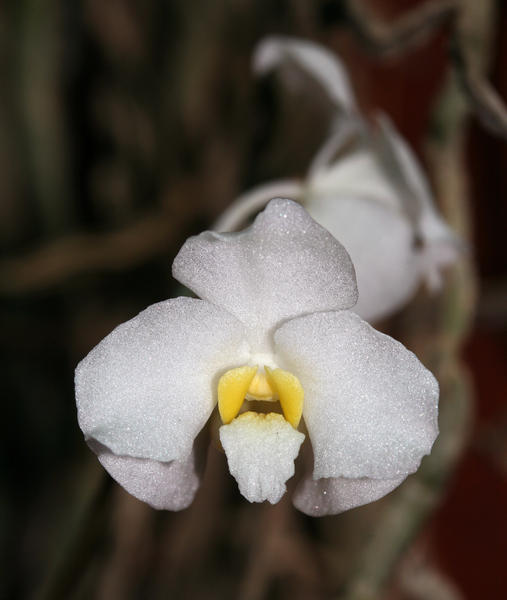To connect researchers and amateurs interested in botany, six research organizations, including CIRAD, and an association, are launching the Pl@ntNet project, a collaborative network centring on a software platform dedicated to plants. Pl@ntnet has been given 3 million euros of financial support by Agropolis Foundation.
>[?Suppose you are walking in the countryside when you see a plant you don't recognize. Using your mobile phone, you access the Internet and then the Pl@ntNet interface. You send a photo of the plant or do a search based on its morphological, phenological and/or ecological characteristics. A few seconds later, you receive a reply and you have supplemented a database with your observations. Does this look like science fiction? Not for much longer. The technology is almost ready. The problem is accessing the necessary data and software. This is the challenge researchers and amateurs have decided to tackle. The idea is simple and increasingly widely practised: it consists in setting up a community network that both supplies and makes use of data. “This can only work with people keen to share their knowledge, expertise and skills”, explains Daniel Barthélémy, Head of the AMAP joint research unit at CIRAD. “This is the principle behind the development of freewares .”The network in question is to be called Pl@ntNet. It will be developed through a website on which interoperable softwares will be available. The softwares will work both on and off line, and will be the result of developing existing tools: Plantnote for data management, IDAO for assisted identification by building identikit pictures, Ikona to search and categorize image banks based on their visual content, and eFlore to consult indexes and data.
The portal will host its own databases, but will also be connected to external databases. These tools will be both easy to use and transparent, and will enable researchers and anyone interested to share their resources and skills in joint projects.
There are many amateur observers who have neither the tools nor the scientific methods required to structure their observations. Moreover, professionals, who are less numerous than in the past, are unable to accumulate enough observations to respond to current issues. Through Pl@ntNet, amateurs will have access to tools and data without depending on specialists, and researchers will be able to rely on field networks that should enable them to conduct various types of study more efficiently, for instance monitoring plant distribution and evolution.
The website is due to open in June 2009. The tools will be available then, but will not yet be interconnected. The Tela Botanica association, whose operating methods fit in perfectly with the philosophy behind the project, will be testing the platform through its 10 000 members in more than fifty countries. The initial project is due to run for four years, by which time it should have produced a reliable system validated through several case studies. It will involve some sixty people from six French research organizations (CIRAD, CNRS, INRA, INRIA, IRD, University of Montpellier II) and several international organizations. The funding obtained for the project, totalling nine million euros including three million from Agropolis Fondation, will enable the creation of twenty jobs.




